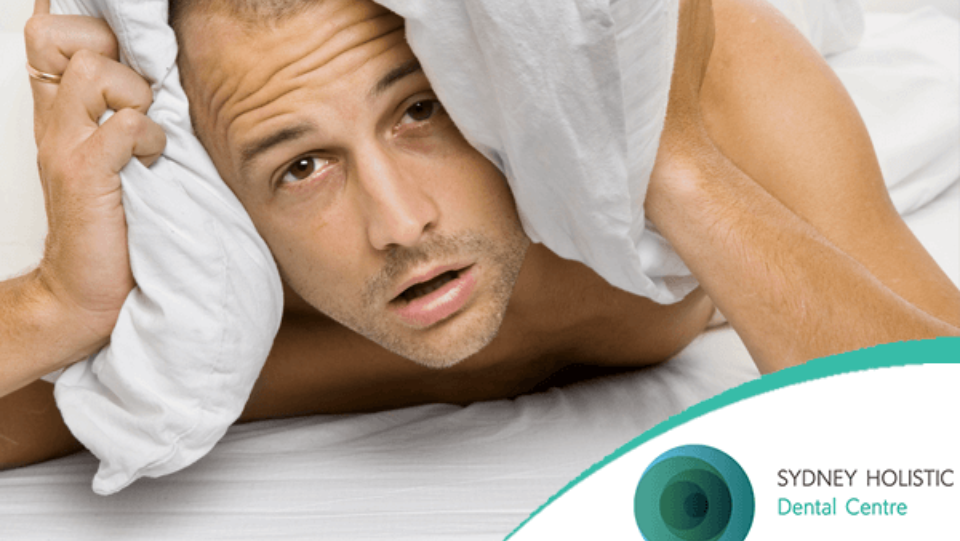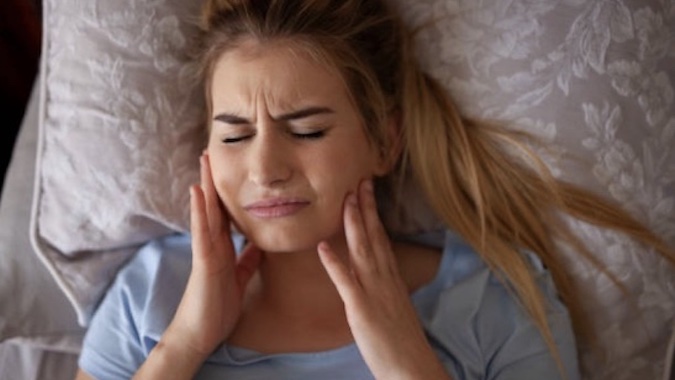Disturbing Sleep Problems Affecting Overall Health
Disturbing Sleep Problems Affecting Overall Health

Sleep is a basic human necessity that is required for us to function. Bad sleep is a major threat to a person’s ability to cope, interact, survive and live in the healthiest possible way.
The Normal Sleeping Pattern
Sleep has two major distinctive types: the REM and the non-REM. These two REMs (Rapid Eye Movement) are the patterns of sleep that comprise a person’s normal sleep cycle.
The ideal sleep cycle is about four to five cycles a night. A person will alternately experience REM and non-REM within 90 to 110 minutes.
There are four phases of non-REM which comprises 75% of a person’s normal sleep. The final phase of non-REM is termed as delta sleep. The importance of this final phase is that it is where restoration and physical rest takes place.
On the other hand, REM enables a person to sustain his or her attention during the day which enhances learning. Without REM, impairment of recollecting newly taught materials happen. Obstructive sleep apnoea is triggered during REM.
Types of Sleep Disorders
1. Sleep Apnoea
This condition, wherein breathing ceases for about ten seconds while a person is sleeping, is identified as one of the major sleep problems that causes daytime sleepiness.
Normally, a person breathes on an uninterrupted and continuous manner during bedtime. However, a person who is experiencing sleep apnoea will have at least 400 to 500 episodes of cessation of breathing. This form of interruption is coined as apnoea wherein a person’s breathing will stop for, more or less, 30 seconds and then, breathing resumes after abruptly giving out a startling snort. Then the person unknowingly goes back to sleep and starts breathing normally again.
2. Sleep Disordered Breathing (SDB)
SDB is caused by an abnormality in the anatomy either of the nasal or oral passages. SDB can result to different kinds of negative health issues like hormonal imbalances, tonsil and adenoids swelling, retruded lower jaw and narrow upper jaw, dysfunctional breathing and obesity.
Snoring is a category of sleeping disordered breathing along with other two categories namely upper airway resistance syndrome and obstructive sleep apnoea. A collapse in airway occurs in SDB which shuts airway partially or completely.
There are a couple of symptoms that can be associated to sleep disorders namely:
- Snoring
- Poor memory
- Headaches
- Muscle tenderness evidently on the face
- Back and neck pain
- Daytime sleepiness
Diagnosis and Treatment
The Epsworth Sleepiness Scale is used to provide initial evaluation for sleep disorders.
For a more definitive diagnosis, a person is required an overnight sleep using an apparatus called as polysomnorgram (PSG) wherein sleep is measured and monitored during sleeping time.
After diagnosis, treatment follows.
There are three treatment options that a person can choose from:
- Surgery – recommended for malformations and obstructions in the anatomical structure of the airway.
- Continuous positive airway pressure (CPAP) – utilizes a device placed over the nose while sleeping, forming a pneumatic splint that opens the airway by means of positive pressure.
- Oral appliance theory – indicated for those who failed to respond to CPAP.


